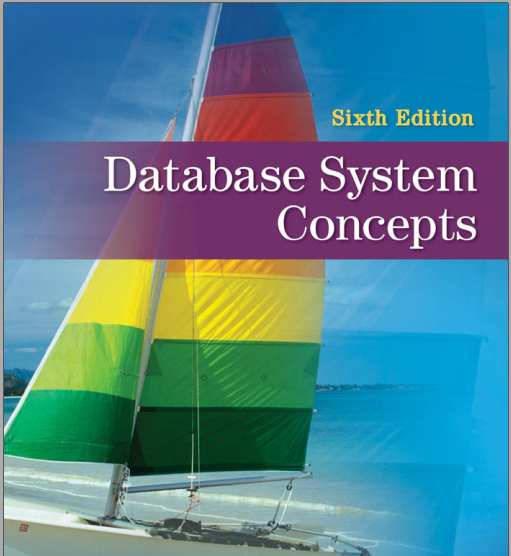Section outline
-

-
Dear Students,
Welcome to the Database Management System Lab course. I'm excited to have you in the class. Good luck and I hope you will enjoy the course!

Instructor
: Fahmida Afrin (FA)
Designation
: Lecturer
Office address
: Room no 414, Level 4, CSE Building, DIU(MC)
Email
: fahmida.cse@diu.edu.bd
-
-
Lab Course Grading System
Class Attendance: 10%
Lab Final: 40%
Lab Performance & Assignment: 25%
Project Submission: 25%
-
-
-
Lab 1
-
Topics of Discussion:
How to install XAMPP, basic of XAMPP.
Basic of the Relational model concept, Key Constraints.
Expected Learning Outcomes:Learn to create a relational table using SQL and retrieve data from more than one table.
-
Lab 2
-
Topics of Discussion:
The basic of DDL: Create DB, Drop DB, Create Table, Drop Table, Alter Table.
basic query operations on the table: Insert, Select, from, where.
Expected Learning Outcomes:Learn to write Data Definition Language and basic SQL.
-
-
Lab 3
-
Topics of Discussion:
The basics of DML: Select, From, Where, And, Or, Not, Distinct, Order by, Between, Like, etc.
Expected Learning Outcomes:Learn to write Data Manipulation Language and basic SQL. -
-
Lab Task Assignment
-
Lab 4
-
Topics of Discussion:
The basic SQL: Update, Delete, Aggregate Function, Group By, Having.
Expected Learning Outcomes:Learn to write SQL operations.
-
-
Lab 5
-
Topics of Discussion:
The basic structure of an SQL expression: Foreign Key and Referential Integrity.
How to retrieve data from two tables.
basic query operations on the table.
Expected Learning Outcomes:Learn to create a relational table using SQL and retrieve data from more than one table.
-
-
Lab 6
-
Topics of Discussion:
The basic of Sub-Query and Join.
Expected Learning Outcomes:Learn to write SQL using Sub-Query and Join.
-
-
Lab 7
-
Lab 8
-
Topics of Discussion:
SQL Sub-Query: Any, All, In, etc.
Expected Learning Outcomes:Learn to write SQL using Sub-Query.
-
-
Lab 9
-
Topics of Discussion:
SQL Join: Natural Join, Inner Join, Left Join, Right Join, etc.
Expected Learning Outcomes:Learn to write SQL using Join.
-
-
Lab 10
-
-


